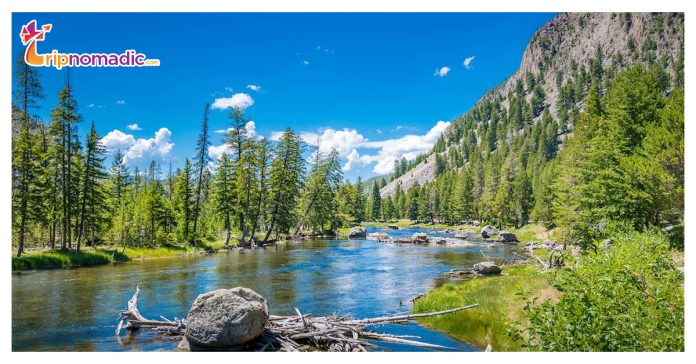As you gaze across Wyoming’s epic landscapes, you find yourself drawn into a world of natural wonder.
Majestic mountains, shimmering lakes, and deep canyons beckon you to explore. Wander through alpine forests and watch wildlife roam free as you breathe in the fresh mountain air.
From Yellowstone’s geysers to Grand Teton’s soaring peaks, national parks in Wyoming offer you boundless opportunities for adventure and discovery. Let their beauty rejuvenate your spirit.
List of National Parks in Wyoming (Top-rated)
Do you know how many national parks in Wyoming? There are more than 5 national parks in Wyoming. In this blog, let’s see the top 5 Best national parks in Wyoming.
1. Yellowstone National Park
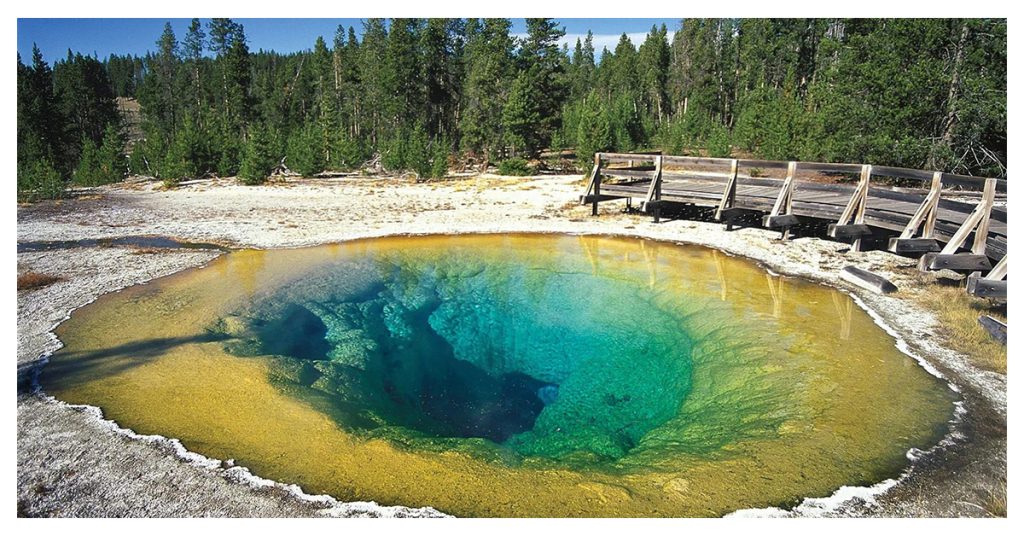
One of the best national parks in Wyoming is Yellowstone National Park. The crown jewel of Wyoming’s national parks, Yellowstone was the very first national park in the world, established in 1872. Famous for its geothermal features including the legendary Old Faithful geyser, Yellowstone spans 3,472 square miles and stretches across Wyoming, Montana, and Idaho.
Within Yellowstone you’ll find dramatic canyons, waterfalls, lakes, rivers, forests, and of course the geysers and hot springs. Half of the world’s hydrothermal features are found here in Yellowstone.
Wildlife viewing is exceptional, with the chance to see bison, elk, bears, wolves, and more in their natural habitats. Don’t miss iconic attractions like Old Faithful, the Grand Canyon of Yellowstone, Mammoth Hot Springs, and Lake Yellowstone.
Plan to spend at least 2-3 days exploring Yellowstone to experience the different regions and highlights.
2. Grand Teton National Park
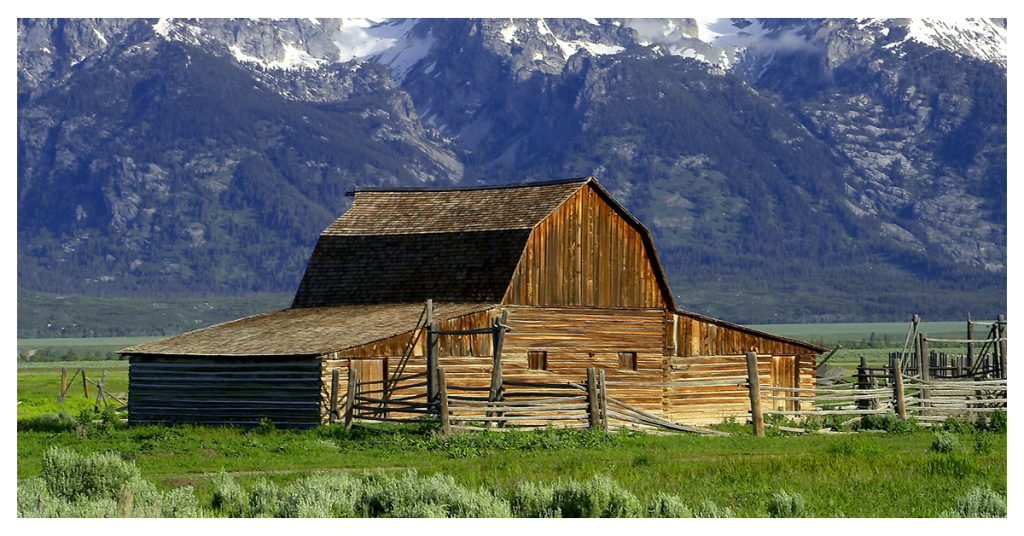
It is located just south of Yellowstone. Grand Teton National Park is dominated by the towering Teton Range, with its highest peak reaching 13,770 feet. The jagged granite spires of the mountains provide a stunning backdrop reflecting in the crystalline lakes below.
While not quite as large as Yellowstone, Grand Teton packs a lot of scenery into its 310,000 acres. Outdoor recreational opportunities abound, like hiking, backpacking, camping, boating, fishing, and more. Spot wildlife in the meadows and forests, including moose, elk bears, and over 300 species of birds.
Don’t miss iconic attractions like Jenny Lake, Jackson Lake, Oxbow Bend, and Schwabacher Landing for the most spectacular views of the Teton mountains reflecting in the tranquil waters. The park has over 200 miles of hiking trails catering to all ability levels. For a scenic drive, take the 42-mile Grand Teton National Park Scenic Loop with ample opportunities to stop at scenic viewpoints and short hikes.
Fall is an ideal time to visit when the crowds of summer have left but the aspens are a stunning gold. The park is open year-round, though some roads and services do close in winter.
3. Grand Canyon of Yellowstone
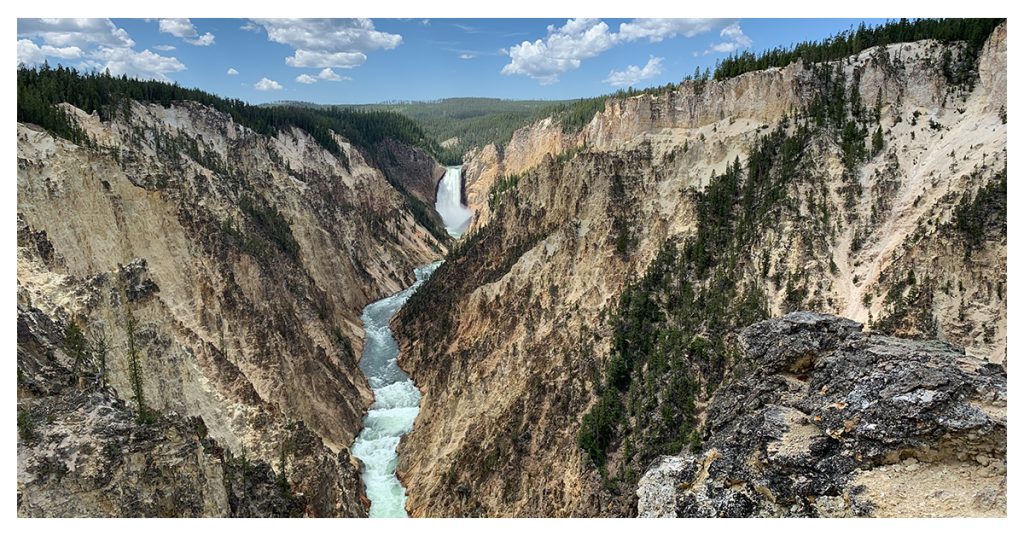
Slicing through the heart of Yellowstone National Park is the Grand Canyon of Yellowstone, 24 miles long and up to 1,200 feet deep. The canyon showcases two major waterfalls, the 109-foot Upper Falls and the 308-foot Lower Falls of the Yellowstone River.
There are several ways to experience the Grand Canyon of Yellowstone. For views of the Upper Falls, head to Uncle Tom’s parking area and stroll along the North Rim for breathtaking canyon views, or take the steep trail down 328 feet to the Brink of Upper Falls viewpoint. For the Lower Falls, check out the Brink of Lower Falls trail or head to Artist Point’s lookout.
The most spectacular way to see the Grand Canyon is by hiking the North Rim Trail. This moderate 3.8-mile trail follows the canyon’s north rim past the Upper Falls and several viewpoints of the Lower Falls for an awe-inspiring hike.
Read More – Fun and Free Things To Do in Austin This Weekend
4. Devils Tower National Monument
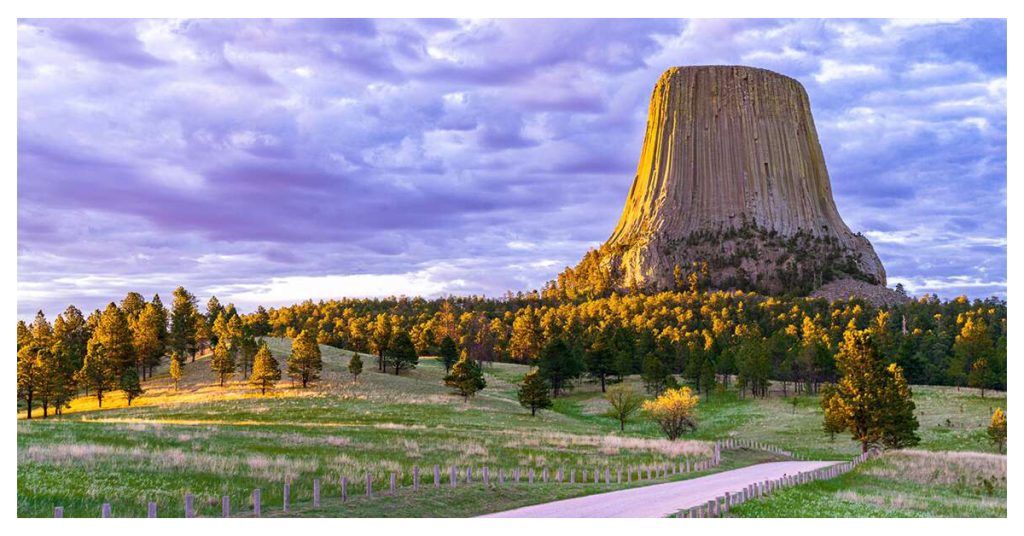
Jutting out of the landscape in northeast Wyoming, Devil’s Tower is an astounding geologic formation and the first declared United States National Monument back in 1906. The tower is made of igneous rock and rises 1,267 feet from its base.
Native American tribes like the Kiowa and Cheyenne hold Devil’s Tower sacred and the area is still used for spiritual ceremonies. In recent years Devil’s Tower has become popular for rock climbing, with hundreds of established routes up its vertical columns and cracks.
There are excellent hiking trails around Devils Tower, like the 1.3-mile Tower Trail encircling the base. The park also offers scenic drives, camping, and stargazing programs. Fall brings warmer weather and fewer crowds, making it a great time to visit.
Climbing is allowed only during certain months to avoid disturbing nesting falcons and raptors. If you aren’t climbing, definitely stop to watch the tiny climbers scale this massive rock tower.
5. Fossil Butte National Monument
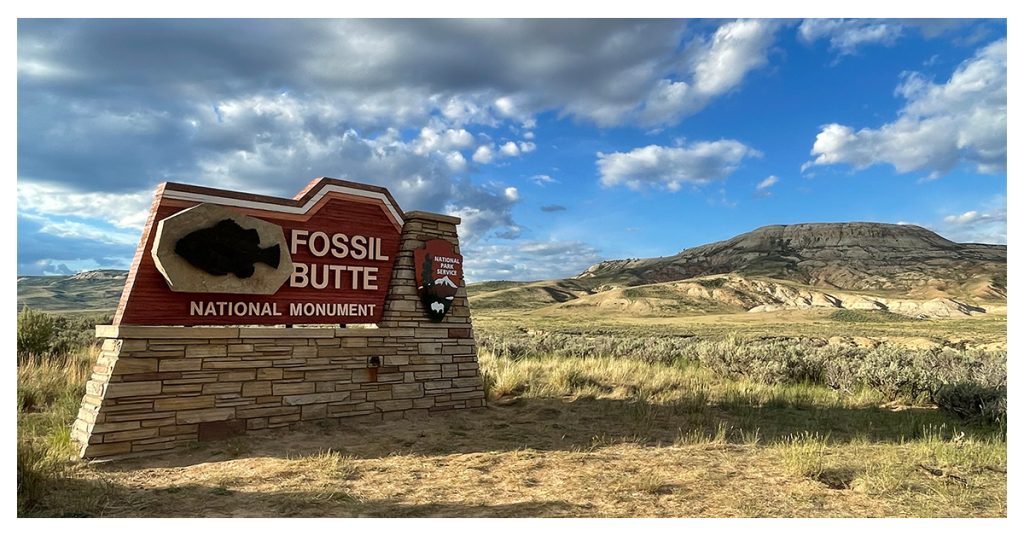
Preserving one of the richest fossil deposits in the world, Fossil Butte National Monument is a unique site where you can witness 50 million-year-old fossils being dug up and on display. This area was once a subtropical lake where ancient fish, insects, plants, and other organisms thrived and were perfectly preserved by layers of sediment.
Visitors can watch working paleontologists prepare fossils in the lab, see a 13-minute film about the fossils, and walk the trails to see fossils along rock surfaces in their natural state. The Fossil Butte path is a 0.8-mile accessible loop showcasing excellent fossils.
Some of the most impressive finds have been fishing fossils and insects trapped in amber, providing a remarkable record of the ecosystem from the Eocene Epoch. Discoveries continue to be made here regularly, making Fossil Butte a living laboratory of paleontology.
Plan Your Visit to These Best National Parks in Wyoming
All national parks in Wyoming are open year-round but some services are limited in winter. Summer is peak visitation, so aim for spring or fall for fewer crowds and pleasant weather.
Make sure to stop by visitor centers when you enter parks to get maps, activity suggestions, and updates on road closures or weather conditions. Pay entry fees upon arrival, or consider purchasing an annual park pass if you plan on visiting multiple parks.
Give yourself plenty of time – parks like Yellowstone are so massive you need several days to a week to properly explore.
Pack appropriate gear like long pants, hiking shoes, layers, hats, and bear spray for safety in the country. Be prepared for changing weather.


